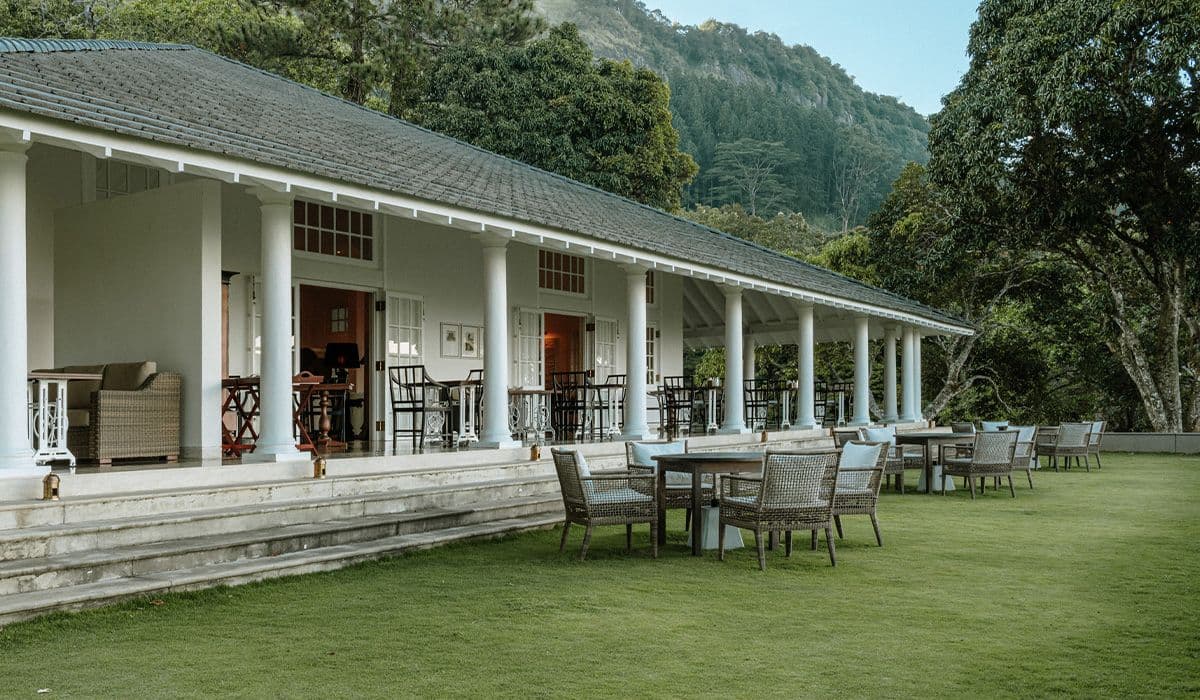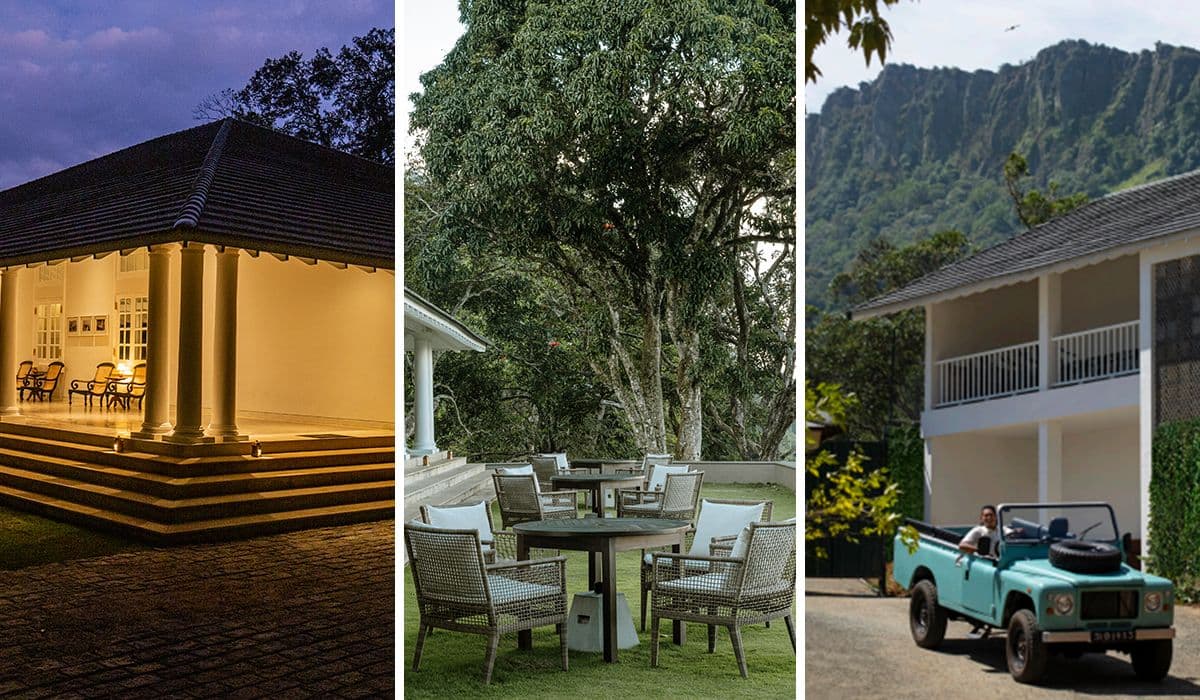
W15 Archives : Hanthana
From colonial encounters to modern conservation, a brief history of Hanthana.
The spectacular Hanthana mountain range in Sri Lanka's central highlands has a rich cultural legacy and stunning natural surroundings. This range has seen the rise and fall of civilisations over the ages, creating a tapestry of tales that speak to the area's historical, religious, and ecological significance.

Mythical Tales of Yakkas in the Mountains
According to ancient Sri Lankan folklore, it is said that Yakkas, also known as Demons/Devils, used to live inside these mountains. These mythical giants are said to have built hidden cities and guarded secret treasures within the mountain's folds.
The Kandyan Kingdom and It's Legacy
The Kandiyan Kingdom spanned from the late 15th to the early 19th century. It was the last ruling kingdom before the British invaded in 1815. The city was and still is rich in culture, architecture, art, history, and traditions, as seen in The Sacred Temple of the Tooth Relic.

Kandy Esala Perahera: A Celebration of Culture
The Kandy Esala Perahera, also known as The Festival of the Tooth, is a historical festival in Sri Lanka held annually in July and August to honour the Sacred Tooth Relic of Buddha. The event features traditional dances, fire dances, and whip-dance performances. The festival concludes with a conventional Diya-kepeema ritual at the Mahaweli River. Read more about the Kandy Esala Perahera here.

Hanthana's Role in the Kandyan Kingdom and its Resistance Against Foreign Control
Hanthana was a vital resource for the Kandyan Kingdom, providing timber for construction, nurturing agriculture, and guarding the kingdom's heartland. Kings like Vikramabahu III and Rajasinha I established strict regulations for its usage, making it a "Walauwa" protected royal forest.
It was also a part of the Kandyan Kingdom during the period of foreign control, the final location where the Sinhalese people stood up to the Portuguese, Dutch, and British. The mountains provided a natural barrier the people used to their advantage when battling foreign forces.
British Influence and Tea Plantations
For Hanthana, a new era began with the British presence in the 19th century. Planters were drawn to the luxuriant vegetation, and soon, large areas were removed for plantations growing tea and coffee. During this period, the tea plantations that still exist today were built.

A Living Canvas of Endurance
Hanthana's worth changed in 1948 when Sri Lanka gained independence. Its remarkable biodiversity was protected in 1980 when it was designated as a Protected Area due to its ecological value. Universities near its base, such as the University of Peradeniya, started extensive studies on its ecosystems, adding to our understanding and supporting conservation initiatives.
Remembering that Hanthana's story encompasses more than specific dates and occurrences as we go through its historical threads is imperative. From prehistoric tribes to contemporary hikers, innumerable individuals have mingled with its slopes, weaving a narrative together. From tall trees to elusive leopards, the vivid colours of biodiversity are painted onto this artwork. Resilience, adaptability, and the ongoing interaction between humans and the environment are themes throughout Hanthana.
Thus, remember that the next time you admire Hanthana's towering peaks, you are looking at more than simply a stunning environment—you are also witnessing a living monument to a rich and varied past.
W15 Hanthana Bungalow: A Retreat in Time
W15 Hanthana is a retro bungalow whispering tales of a bygone era, tucked away amid the undulating tea fields of Sri Lanka's central highlands. Entering its doors, you're taken back in time to experience a blend of Sri Lanka's rich natural beauty and the elegance of the British colonial era.
It's difficult to resist the bungalow's old-world charm with its wooden floors, towering ceilings, and antique furnishings. But don't let its historical charm deceive you; inside, there are all the contemporary conveniences and pleasures you would anticipate from a high-end establishment.

History of W15 Hanthana Estate
The W15 Hanthana Estate has a long history that began in 1891 when it saw financial success. It was first established in Hantana as The Oodewelle Estate in 1880. Prominent individuals such as A.P. Sandbach, J.A.W. Alison, R.G. Bargate, and M. De Alwis Feroze have overseen the estate.

The Bungalow on the estate provides a window into the bygone elegance of the British Empire. The home has undergone painstaking renovations and restorations, combining modern luxury and old-world charm.

Pop Culture Tributes and Guest Experience
Additional pop culture tributes to the estate include the movie "Elephant Walk," "Indiana Jones and the Temple of Doom," and "The Second Jungle Book: Mowgli and Baloo." In the W15 Hanthana Estate, guests may enjoy a blend of luxury and heritage.

If you're considering digging for buried treasure or visiting the beautiful city of Kandy, stay at the W15 Hanthana Bungalow. Enjoy a freshly made cup of Ceylon tea on the balcony while strolling through the well-kept gardens or just taking in the expansive vistas of the nearby tea estates are all worthwhile activities to do when you visit W15 Hanthana.




Share this article
Other releases

Newsletter






